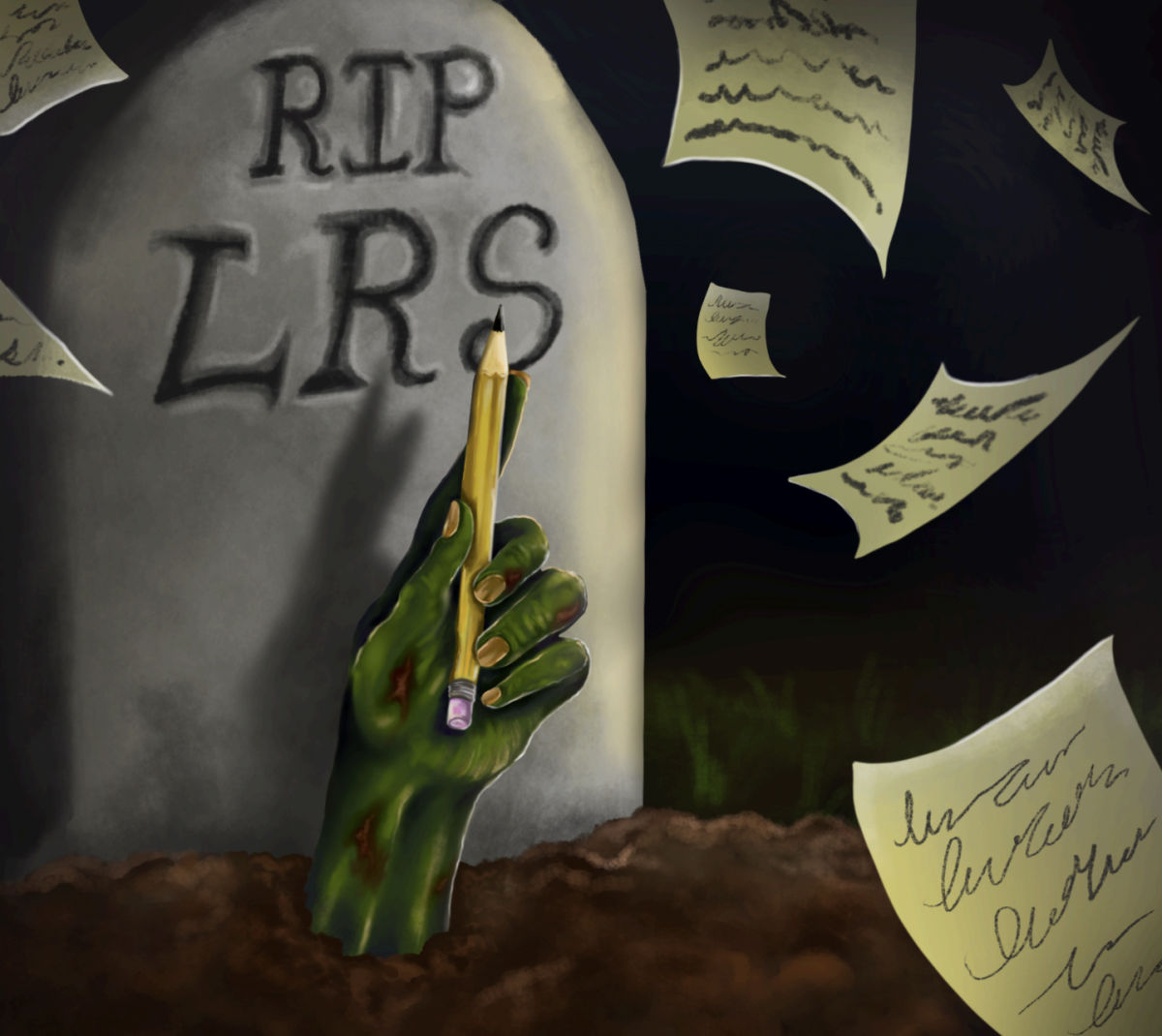When my parents left me on the doorstep of I-House the week before O-Week, I was armed with everything I needed: notebooks, clothes hangers, and a healthy fear of any locale south of the Midway. Tales of children who dared to enter the South Side getting assaulted and robbed bounced around in my head like pinballs. So when my parents made me promise not to leave Hyde Park, the agreement took off from my lips without any coaxing or convincing necessary on their part.
That conviction lasted all of one day before I headed out all over the city during Chicago Bound, a pre-orientation community education program. After passing the colorful murals that line the streets of Humboldt Park, murals which declare the neighborhood to be owned by the residents and artists who painted them—the people, not politicians and aldermen—and after listening to the Spanish and English syllables that exploded from the lips of the resident poetess in the neighborhood cultural center, it seemed to me that I was a world away from the shiny glass skyscrapers and commercial opulence that had enticed me into coming to Chicago in the first place. And to my own great surprise, I loved it.
Chicago is a whole world of experiences and culture packed into one city. Several blocks north of campus you can find Diasporal Rhythms, an organization in Kenwood collecting thousands of works of art done entirely by black Chicagoans depicting the multifaceted experiences and history of the diaspora, and a short bus ride further north will take you to Café Trinidad, an African comfort food experience in Oakland that you don’t have to book a flight to enjoy. In West Lawn, you can speak Spanish with bakers while purchasing pan dulce for less than a dollar, just steps away from the Balzekas Museum of Lithuanian Culture. A quick trip on the #15 bus will take you to Bronzeville, where you can enjoy the chicken and waffles and discover the history of jazz, blues, and racial revolution in the city on a Harold Lucas bus tour. Visiting a culturally unfamiliar area forces you to get out of your comfort zone and experience people and cities in a new way—an extremely informative and worthwhile, though occasionally difficult, endeavor.
It’s easily apparent that locations across the 77 neighborhoods in Chicago would benefit from increased commercial interaction and awareness, even from the small pool of students at our University, but students are also suffering from a lack of interaction with the resources and diverse perspectives and opportunities these areas have to provide. Time and time again, the strong and simple convictions I’ve held have revealed themselves to be much more complicated after an interaction with the community. A talk with a pastor in Oakland showed me that those who live there take immense pride in their mix of history and innovation. Sidewalk talk with a nonprofit manager in Little Village about trash on the street corners revealed to me that the problem was much more complicated than a simple lack of community pride, but rather also involved questions about zoning ordinances and community ownership. Over and over, I was reminded in the true Socratic manner that I actually didn’t know anything. And with such an opportunity at our doorstep, the question of why we don’t take advantage of it is significant.
It starts as early as orientation, when we are taught to fear the city—taught that the South Side has its fair share of threatening criminals and, implicitly, less than its fair share of attractions, which makes visiting pointless. We are told by upperclassmen and in the Chicago Life Meetings not to travel on certain CTA lines and, in extreme cases, not to go south of the South Campus Residence Hall. When asked where to go for Saturday night dinner when the dining hall is closed, students say, “Go into the Loop or explore Hyde Park.”
Institutionally, the University too hinders student interaction with the community by not offering students U-Passes, which allow students to traverse the city for free. The University of Chicago is the only major university in this city that doesn’t give students this advantage, citing expense as the main concern. However, in a school with one of the highest tuitions in the country and the resources to match, this doesn’t add up. Rather, it perfectly reflects the University’s reluctance to send students out into the city and the history of the University’s separation from the community. As far back as the ’40s and ’50s, the University used its influence as a pivotal social and economic force to control urban planning and development, creating a primarily white, affluent Hyde Park that starkly contrasted with the surrounding neighborhoods. Programs like MAPSCorps and Chicago Bound have been working to change this separation, but there is still a long way to go, starting with helping all students—not just those in these small programs—realize that there are exciting things to see and do in each one of the defined community areas in the city. Because as students flock downtown to get dinner on Saturday night, both these students and the city are suffering from a lack of holistic interaction.
Kiran Misra is a first-year in the College.








